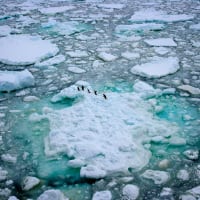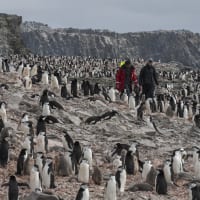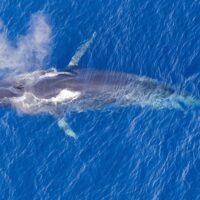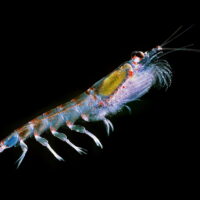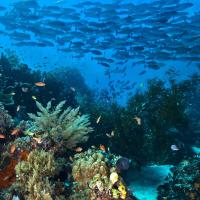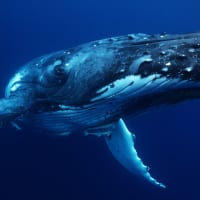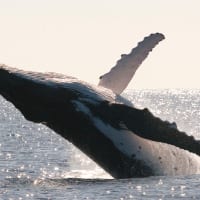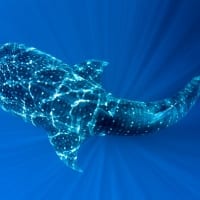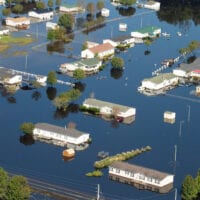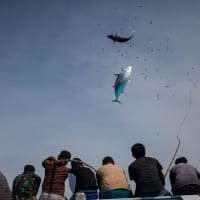Despite being the coldest region on the planet, the Antarctic supports a huge array of life. Whales migrate thousands of miles to gorge on swarms of tiny krill. The seafloor is home to creatures like corals and sea stars, with new species discovered on a regular basis. Huge colonies of penguins breed on land and hunt in the sea, surviving the dark Antarctic winters by huddling together.
This remote part of the world already has some protection and Greenpeace has played a big part in that. The Antarctic Treaty made the continent off-limits to military activity, but said nothing about oil drilling or mining. In the 1980s, Greenpeace campaigned to create ‘World Park Antarctica’, even setting up a scientific base. We won, and in 1991 the continent of Antarctica was protected from exploitation.
There are also protected areas at sea. The Ross Sea Marine Protected Area is the largest ocean sanctuary in the world. But over the last few years, international talks have stalled and huge areas of the Antarctic Ocean are still unprotected.
Melting ice and disappearing krill
As in the Arctic, climate change is having a greater impact on the Antarctic than other parts of the world. The southern latitudes are warming three times faster than elsewhere and glaciers are melting faster than they form, raising global sea levels. Less sea ice means penguins have to swim further to find food.

